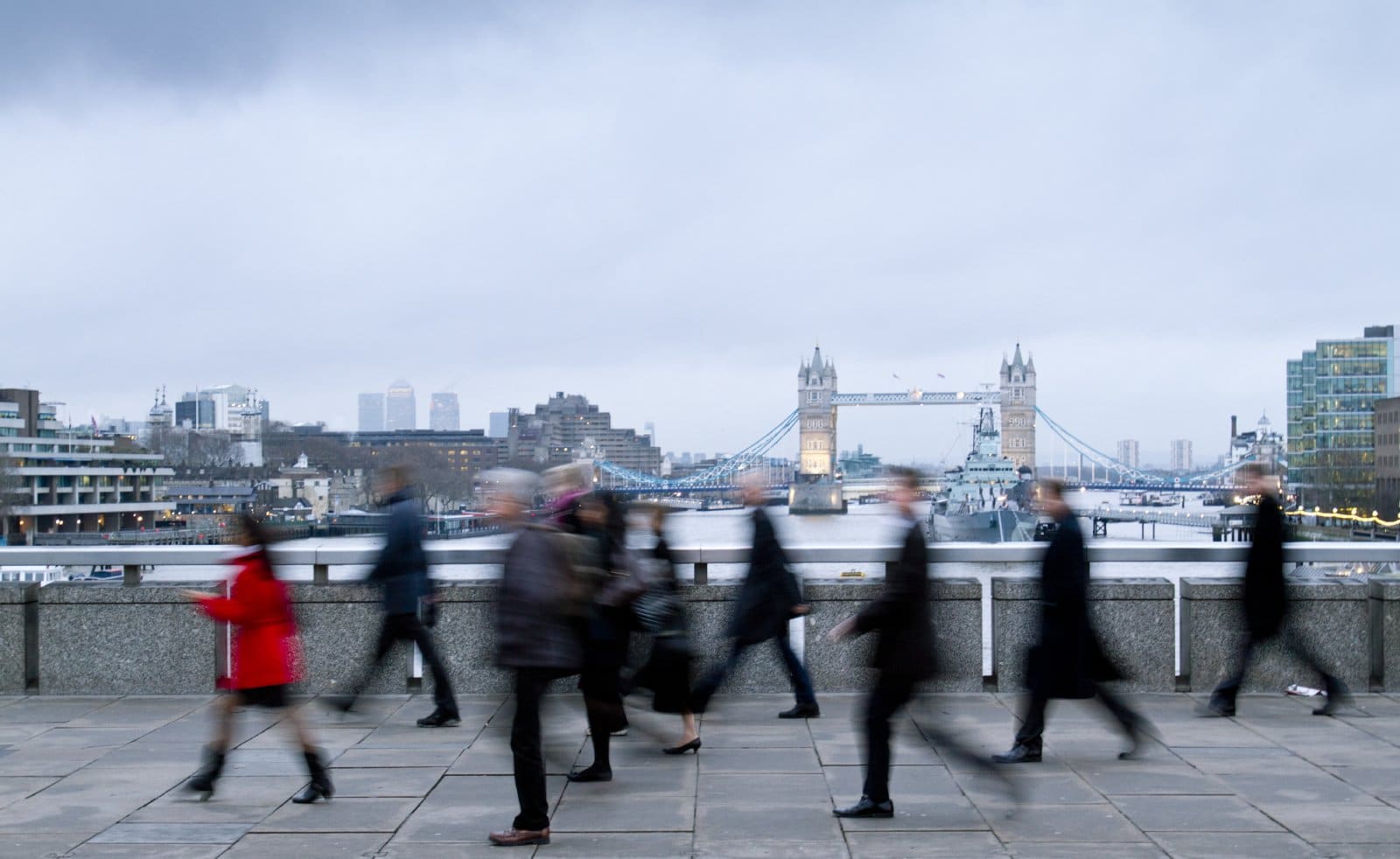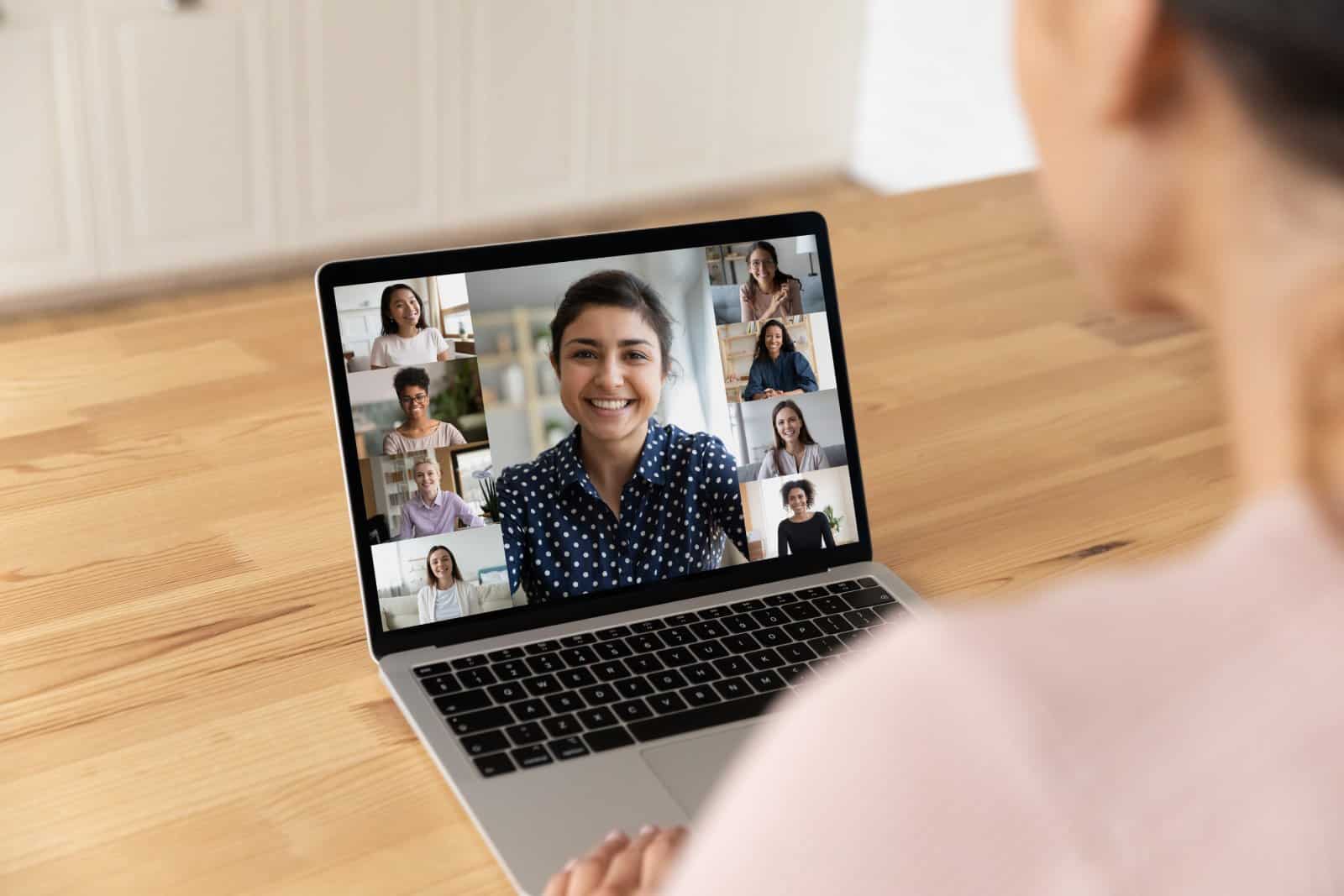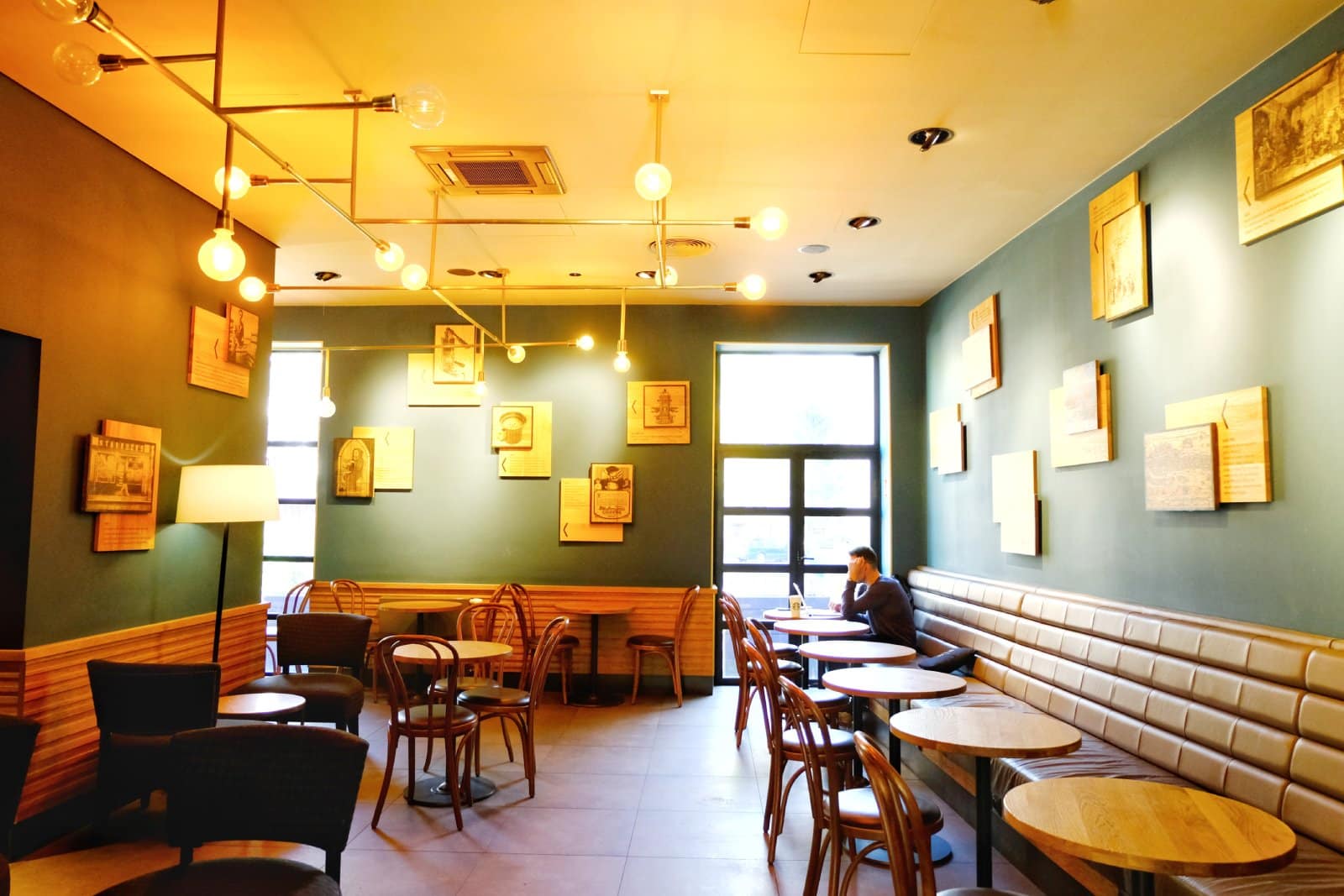In the wake of the pandemic, the landscape of work has shifted dramatically, sparking the work-from-home craze that’s upending traditional office dynamics. As Americans pack up and move to the sticks for remote opportunities, one has to wonder: Are office buildings a relic of the past?
#1. Financial Implications for Businesses and Employees

Companies are finding that ditching the physical office can lead to significant savings on real estate and operational costs. For employees, working from home means no commute, which translates to savings on transportation and more flexible budgeting for daily expenses.
#2. The Cultural Shift Toward Work-Life Balance

The pandemic has redefined what work-life balance can look like, with many embracing the flexibility of remote work. This shift has allowed employees to integrate work more seamlessly into their lives, though it has also led to challenges in drawing boundaries between work and personal time.
#3. Changes in Urban and Rural Dynamics

The exodus from crowded cities to quieter, more affordable rural areas has been notable. While this move has revitalized some smaller communities, it has also led to concerns about isolation and the loss of the serendipitous interactions that office environments provide.
#4. Technological Advancements and Challenges

Technology has been the backbone of the remote work revolution, with tools like Zoom, Slack, and cloud computing becoming household names. However, not all industries can transition smoothly, and there are still significant hurdles in sectors where physical presence is essential.
#5. The Future of Office Spaces

While some predict a complete transition to remote work, others believe in a hybrid model where office spaces evolve rather than disappear. These future offices might be more about collaboration and less about daily occupancy, serving as hubs for creativity and team-building rather than traditional workstations.
#6. Impact on Commercial Real Estate

The decline in demand for office spaces is causing a ripple effect in the commercial real estate market. Landlords and developers are scrambling to repurpose these buildings into residential units, mixed-use spaces, or even community centers.
#7. Mental Health and Social Isolation

While remote work offers flexibility, it also poses risks to mental health due to increased isolation. The lack of face-to-face interaction can lead to feelings of loneliness and disconnection from colleagues.
#8. Environmental Benefits and Challenges

Less commuting and reduced office building operations mean a decrease in carbon emissions. However, the environmental impact of increased home energy use and the production of tech equipment for remote work cannot be ignored.
#9. Changes in Workforce Demographics

Remote work has opened up opportunities for people who previously faced barriers to traditional employment, including those with disabilities, caretakers, and residents of remote areas.
#10. Shift in Employee Expectations and Company Policies

Employees now expect flexibility as a standard benefit, and companies are adapting by offering remote, in-office, or hybrid options to attract and retain talent.
#11. The Role of Collaboration and Communication Tools

As remote work becomes the norm, the reliance on digital tools for communication and collaboration intensifies. This has led to a surge in innovation but also highlighted the need for robust cybersecurity measures.
#12. The Challenge of Maintaining Company Culture

Preserving a strong company culture is harder without a central office. Companies must find new ways to instill values and foster a sense of community among remote employees.
#13. The Reimagining of Office Design

For those returning to the office, the design is shifting from high-density cubicles to spaces that prioritize health, wellness, and collaboration, with more open spaces and fewer permanent desks.
#14. Inequality in Access to Remote Work

Not all jobs or industries can offer remote work, leading to a divide between those who can work from home and those who cannot. This disparity affects income, job security, and career progression.
#15. Impact on Local Economies

The decline in office workers has hit local businesses hard, especially those dependent on office foot traffic, like coffee shops, restaurants, and retail stores in business districts.
#16. The Rise of Co-Working Spaces

As an alternative to traditional offices, co-working spaces are gaining popularity. They offer the flexibility of remote work with the benefits of a shared, community-oriented environment.
#17. Training and Skill Development Challenges

Remote work requires a different set of skills, and both employees and employers are grappling with how to provide effective training and development opportunities remotely.
#18. Legal and HR Considerations

The shift to remote work has complicated legal and HR issues, including compliance with labor laws across different jurisdictions, data privacy, and employee monitoring.
#19. The Globalization of the Workforce

Remote work has globalized the job market, allowing companies to hire from a broader talent pool but also creating competition for jobs at a global scale.
#20. The Return to the Office Debate

Despite the advantages of remote work, some companies and employees are advocating for a return to the office, citing collaboration, innovation, and the intangible benefits of in-person interactions.
A Complex Future

What is clear is that the world of work is evolving, and both businesses and employees will need to adapt to these changes. The future might not be office-free, but it will certainly be more flexible and tailored to the needs of a diverse workforce.
Millennials Are Over It: 25 Reasons Woke Culture Is Losing Its Charm

Has the push for progress tipped too far into preachiness? Here’s why many Millennials might think so. Millennials Are Over It: 25 Reasons Woke Culture Is Losing Its Charm
Is It Time Boomers Paid the Price for America’s Economic Inequality?

The American Dream feels more elusive than ever, especially for younger generations. What was once achievable through hard work now faces significant hurdles, from skyrocketing college costs to the challenging pursuit of homeownership. Here’s a look at why it’s tougher for Millennials and Gen Z compared to Baby Boomers. Is It Time Boomers Paid the Price for America’s Economic Inequality?
Rent Crash in California: Landlords Scramble as Prices Take a Hit

California’s rental market is taking a nosedive, with major cities seeing huge drops in rent prices. Rent Crash in California: Landlords Scramble as Prices Take a Hit
Featured Image Credit: Shutterstock / Evgeny Atamanenko.
The content of this article is for informational purposes only and does not constitute or replace professional advice.
The images used are for illustrative purposes only and may not represent the actual people or places mentioned in the article.
For transparency, this content was partly developed with AI assistance and carefully curated by an experienced editor to be informative and ensure accuracy.




